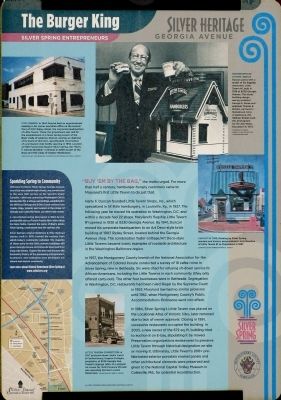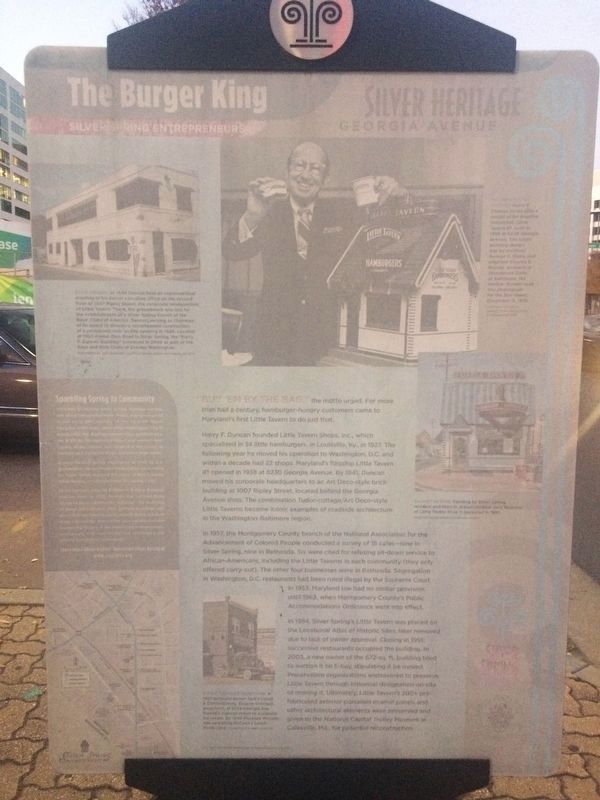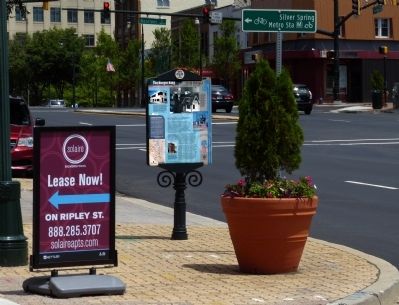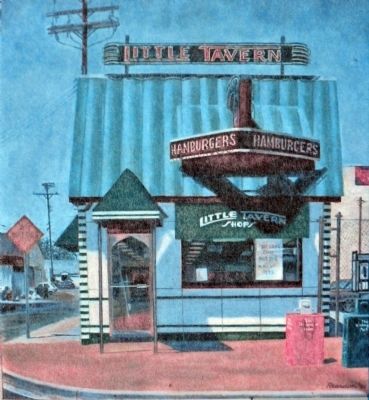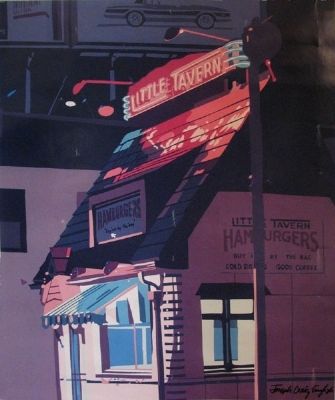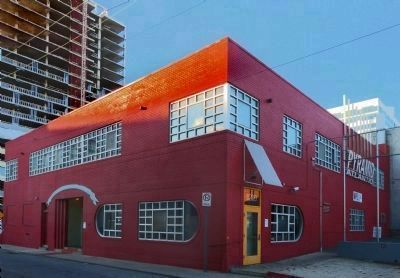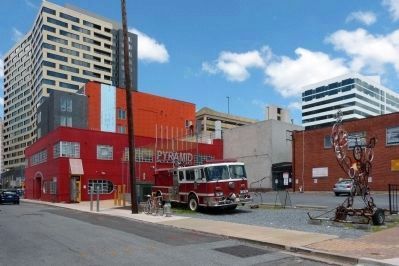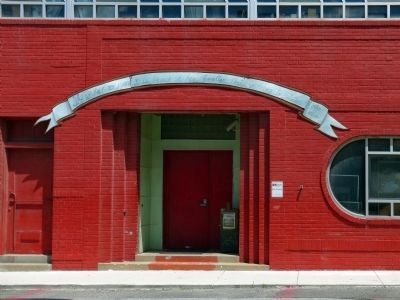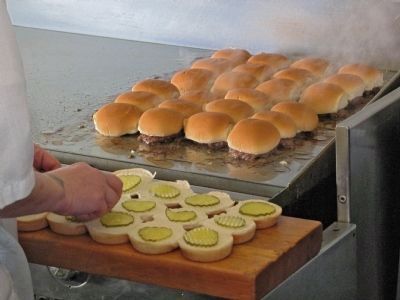Downtown Silver Spring in Montgomery County, Maryland — The American Northeast (Mid-Atlantic)
The Burger King
Silver Spring Entrepreneurs
— Silver Heritage Georgia Avenue —
Harry F. Duncan founded Little Tavern Shops, Inc., which specialized in 5˘ little hamburgers, in Louisville, Ky., in 1927. The following year he moved his operation to Washington D. C. and within a decade had 22 shops. Maryland's flagship Little Tavern #1 opened in 1938 at 8230 Georgia Avenue. By 1941, Duncan moved his corporate headquarters to an Art Deco-style brick building at 1007 Ripley Street, located behind the Georgia Avenue Shop. The combination Tudor/Art Deco-style Little Taverns became iconic examples of roadside architecture in the Washington-Baltimore region.
In 1957, the Montgomery County branch of the National Association for the Advancement of Colored People conducted a survey of 18 cafes—nine in Silver Spring, nine in Bethesda. Six were cited for refusing sit-down service to African Americans, including the Little Taverns in each community (they only offered carry-out). The other four businesses were in Bethesda. Segregation in Washington, D.C. restaurants had been ruled illegal by the Supreme Court in 1953. Maryland law had no similar provision until 1962, when Montgomery County's Public Accommodations Ordinance went into effect.
In 1984, Silver Spring's Little Tavern was placed on the Locational Atlas of Historic Sites, later removed due to lack of owner approval. Closing in 1991, successive restaurants occupied the building. In 2003, an new owner of the 672-sq. ft. building tried to auction it off on E-bay, stipulating it be moved. Preservationist organizations endeavored to preserve Little Tavern through historical designation on-site or moving it. Ultimately, Little Tavern's 200+ per-fabricated exterior porcelain enamel panels and other architectural elements were preserved and given to the National Capital Trolley Museum in Colesville, Md., for potential reconstruction.
Erected by Silver Spring Historical Society.
Topics and series. This historical marker is listed in these topic lists: African Americans • Civil Rights • Industry & Commerce. In addition, it is included in the Art Deco series list. A significant historical year for this entry is 1927.
Location. 38° 59.553′ N, 77° 1.606′ W. Marker is in Silver Spring, Maryland, in Montgomery County. It is in Downtown Silver Spring. Marker is at the intersection of Georgia Avenue (U.S. 29) and Ripley Street when traveling south on Georgia Avenue. Touch for map. Marker is at or near this postal address: 8230 Georgia Ave, Silver Spring MD 20910, United States of America. Touch for directions.
Other nearby markers. At least 8 other markers are within walking distance
Also see . . . Little Tavern. Silver Spring Historical Society. Jerry McCoy's web page chronicles the loss of the Little Tavern and the perfidy of Pyramid Atlantic. "Artists are supposed to create art, not to destroy it." he writes. (Submitted on July 19, 2014, by Allen C. Browne of Silver Spring, Maryland.)

Photographed By Allen C. Browne, December 23, 2012
4. Neighborhood Tavern
Harry F. Duncan poses with a model of his flagship restaurant, Little Tavern #1, built in 1938 at 8230 Georgia Avenue. The iconic building design was by architect George E. Stone and engineer Charles E. Brooks, partners in Stonebrook Corp. of Baltimore Md. Wellner Streets took this photograph for the Star-News December 11, 1972.Close-up of photo on marker

Photographed By Allen C. Browne, July 28, 2011
5. Civic Minded
In 1949 Duncan held an organizational meeting in his corner executive office on the second floor of 1007 Ripley Street, the corporate headquarters of Little Tavern. The groundwork was laid for the establishment of a Silver Spring branch of the Boy's Clubs of America. Duncan serving as chairman of its board of directors, spearheaded construction of a permanent club facility opening in 1059. Located at 1300 Forest Glen Road in Silver Spring, the Harry F. Duncan Building" continues in 2009 as part of the Boys and Girls Clubs of Greater Washington.Close-up of 2003 photo by Judy Reardon on marker
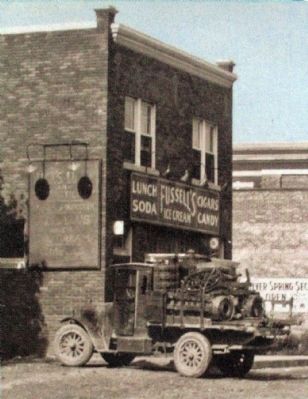
Photographed By Allen C. Browne, July 28, 2011
7. Little Tavern Competitor
A 1927 postcard shows Jack's Lunch & Confectioney, Eugene Corrigan, proprietor, at 8236 Georgia Ave. Fussell's signage refers to a popular ice cream. By 1940 Florence McCann was operating McCann's Lunch Room here. Close-up of photo on marker
Collection of Jerry McCoy
Collection of Jerry McCoy
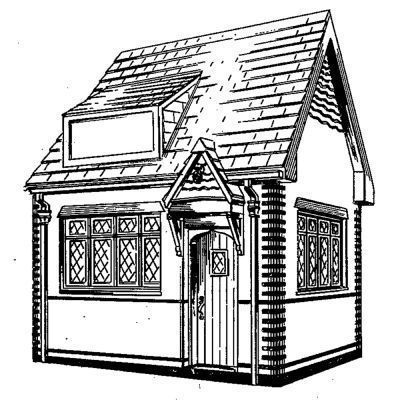
Photographed By Harry F. Duncan, December 13, 1938
9. Design for a Building (DES. 111,534)
This drawing illustrated Harry F. Duncan's patent application for the design of Little Tavern Restaurants. Previously, Little Taverns resembled White Castles. The Application was made on Dec. 13, 1937 and granted Sept. 27, 1938.
Credits. This page was last revised on May 25, 2023. It was originally submitted on July 19, 2014, by Allen C. Browne of Silver Spring, Maryland. This page has been viewed 1,044 times since then and 54 times this year. Photos: 1. submitted on July 19, 2014, by Allen C. Browne of Silver Spring, Maryland. 2. submitted on November 28, 2017, by Devry Becker Jones of Washington, District of Columbia. 3, 4, 5, 6, 7, 8, 9, 10, 11, 12, 13, 14. submitted on July 19, 2014, by Allen C. Browne of Silver Spring, Maryland. • Bill Pfingsten was the editor who published this page.
